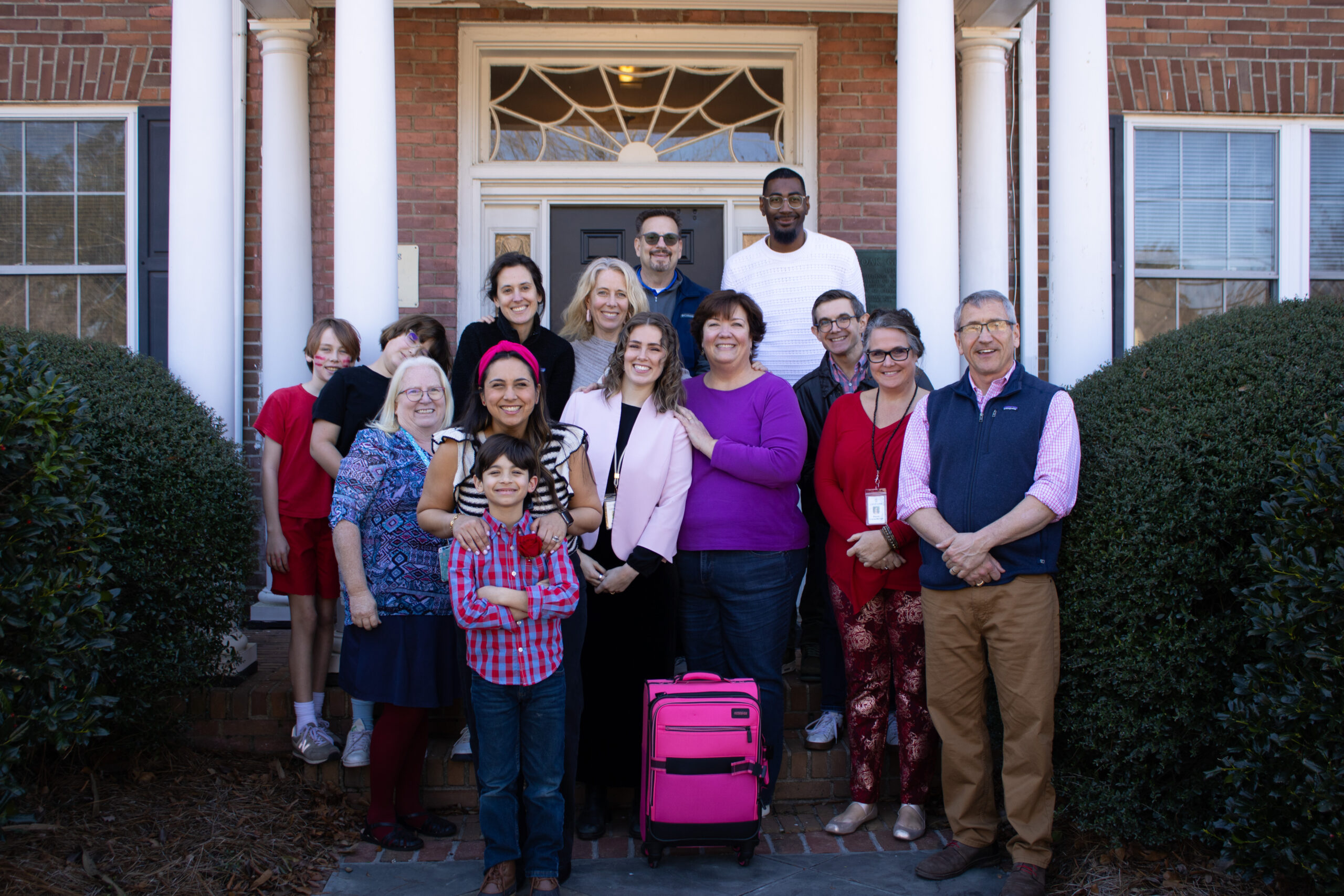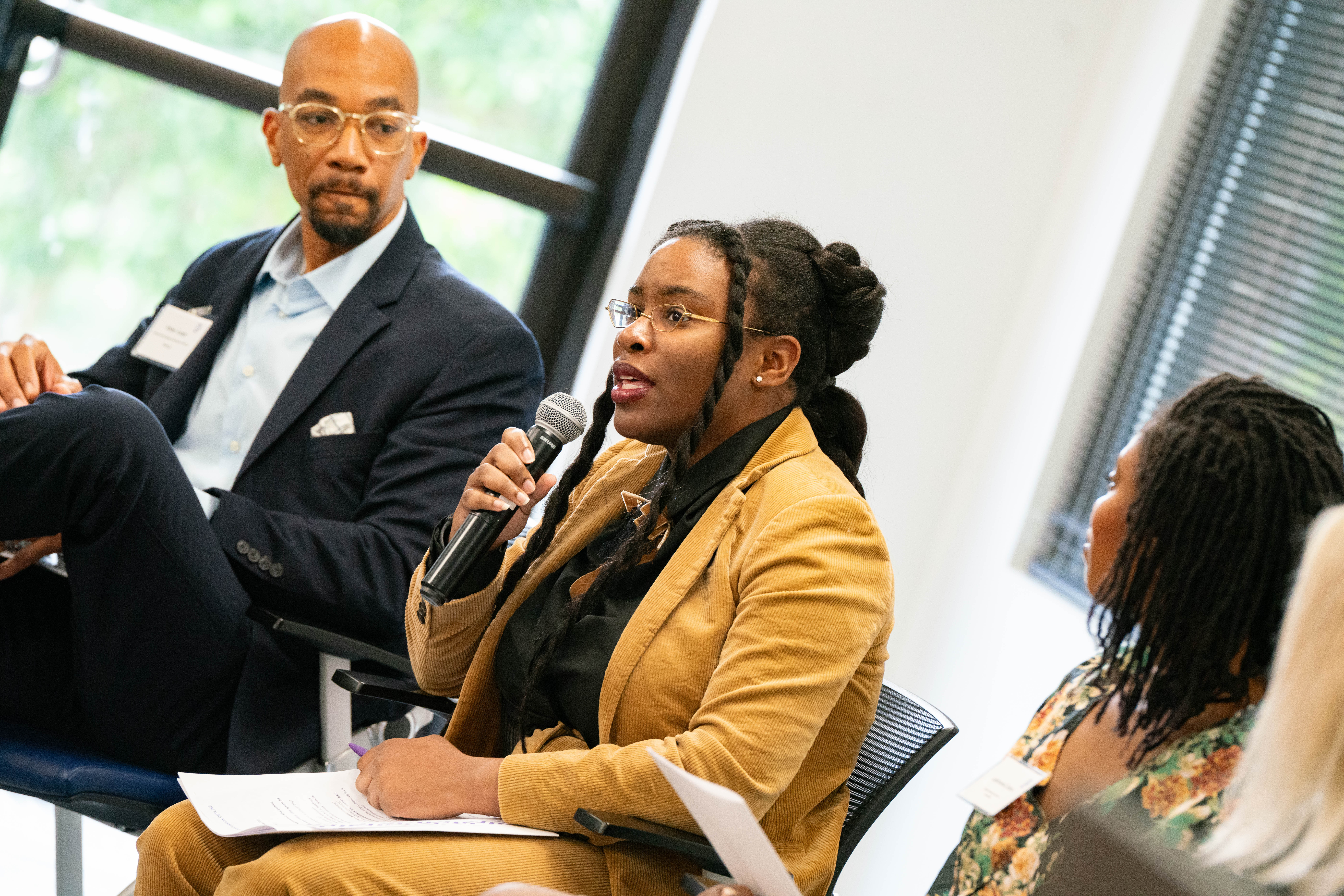NOTE: As of Feb. 29, 2024, Carolina Youth Development Center (CYDC) has rebranded to Landmarks for Families. Our nonprofit, community programs and residential services remain committed to cultivating thriving youth and families in this new chapter.
The article below ran on Live 5 News on January 28, 2021.
By Lillian Donahue| January 28, 2021 at 3:45 PM EST – Updated January 29 at 10:29 AM
CHARLESTON, S.C. (WCSC) – A new report analyzing different causes of poverty across South Carolina identifies key issues like increased eviction rates, food insecurity and persistent child poverty that continue to impact Lowcountry counties.
The Sisters of Charity Foundation of South Carolina and the Rural & Minority Health Research Center at the University of South Carolina released their completed study addressing several topics that perpetuate systemic poverty in the state.
Berkeley and Dorchester counties average around a 12 percent total poverty rate, while Charleston averages just under 15 percent.
“I hope that people can have deeper conversations of what does it mean to truly support individuals experiencing poverty and then each other,” researcher Chynna Phillips said.
One key finding shows that 80 percent of South Carolina counties are at or above the national average for evictions. With North Charleston leading the nation for eviction rates, using data from 2016.
“North Charleston leading the way ranked first with an eviction rate of over 16.5 percent,” Phillips said. “
While the Lowcountry fare better than other counties in some areas like community investments in education, other issues like access to healthy food and persistent child poverty rates continue to increase.
Addressing food insecurity in coastal communities
Brenda Shaw with the Lowcountry Food Bank said the organization has seen a consistent increase in need to help families find fresh food especially during the pandemic.
“The biggest thing that we’re seeing is that in rural areas, they don’t have a lot of grocery stores to begin with so when one store closes down, you could be talking about 25 percent of the grocery stores being gone in a matter of one store closure,” Shaw said.
The Sisters of Charity Foundation poverty says the closing of one grocery store in Colleton County meant losing 11 percent of the entire county’s food stores.
“We saw a huge rally around food insecurity when COVID happened,” Phillips said. “But then we noticed that the same counties that needed help during COVID, needed help before.”
To fight this, Shaw says the Lowcountry food bank is looking to expand services in rural counties to offset the losses seen over the past year.
“So that’s why we are really looking to do more local distributions,” Shaw said. “We’re looking at really trying to build up our partner agencies as well.
Fighting persistent child poverty rates
The recent poverty report finds more than half of the state’s counties are identified to have persistent child poverty. Charleston county is included in that list and is among the 11 highest counties for racial segregation among different areas and neighborhoods.
Beverly Hardin, CEO at the Carolina Youth Development Center, says persistent child poverty often comes when families are separated due to a lack of resources or neglect.
“We suspect that there are more cases of that they’re out there where people are becoming homeless and children are being impacted by poverty,” Hardin said.
Hardin said the pandemic’s impacts on schools and outreach events have made it harder to get in touch with those families in need.
“It takes all of us, across the community working together to be aware, to be looking for the signs, to be finding opportunities, and to be helping families find pathways to break those generational cycles of poverty,” Hardin said. “Inter-generational cycles of poverty should be, we should be able to solve that.”
Find the entire Sisters of Charity SC poverty report online here.
To watch the broadcast click here.

